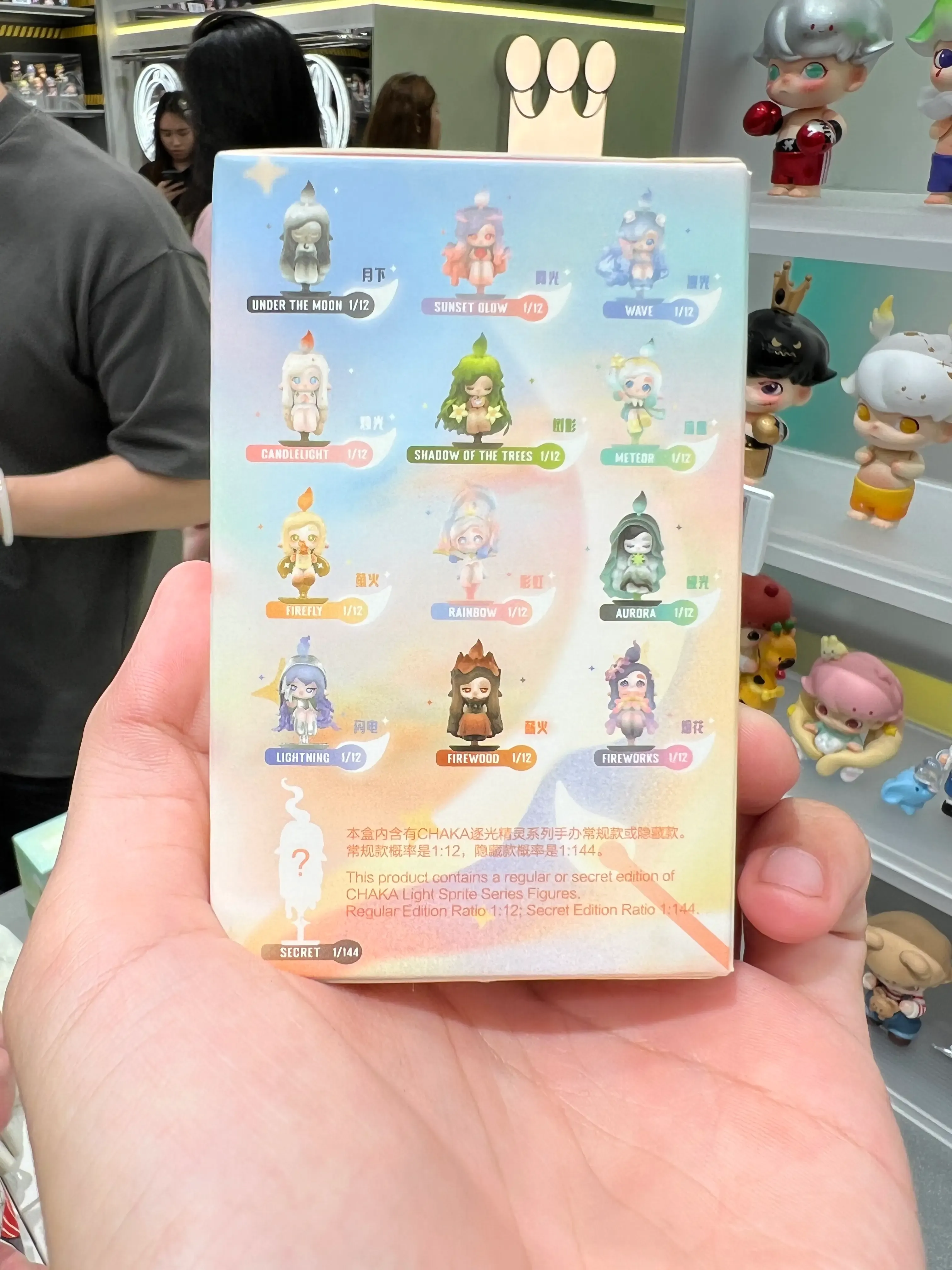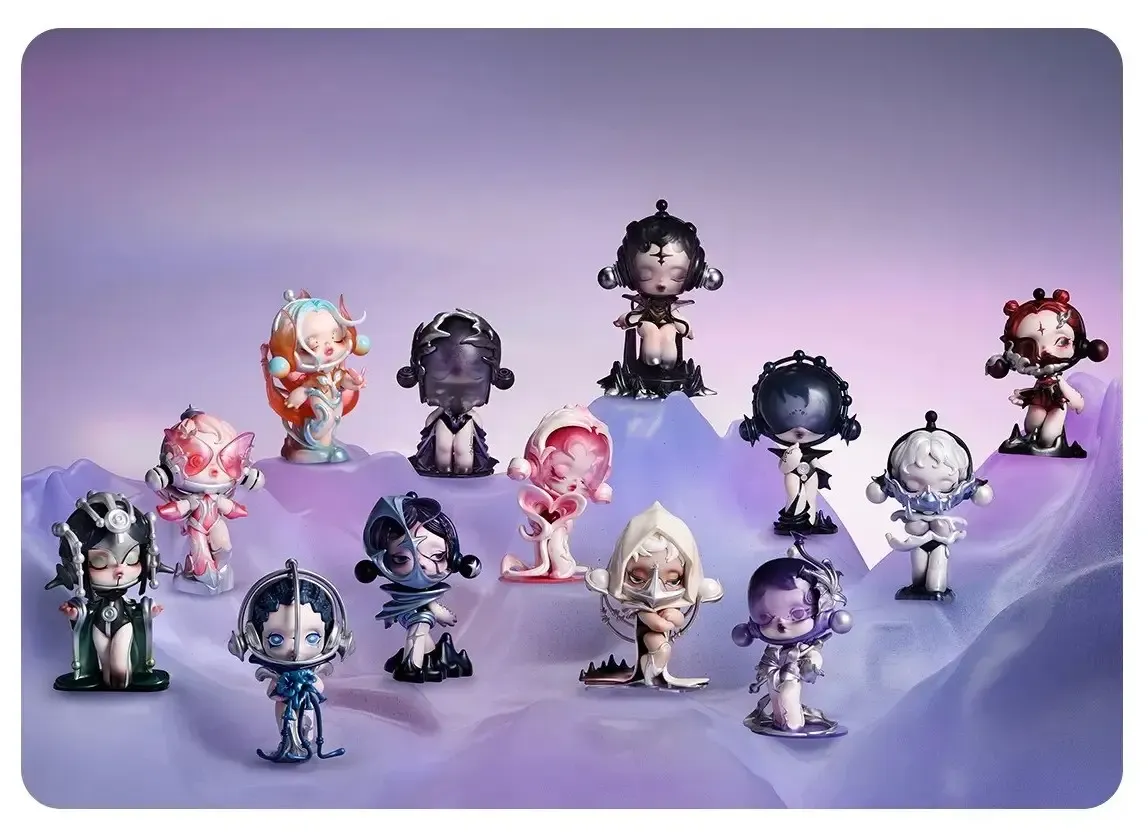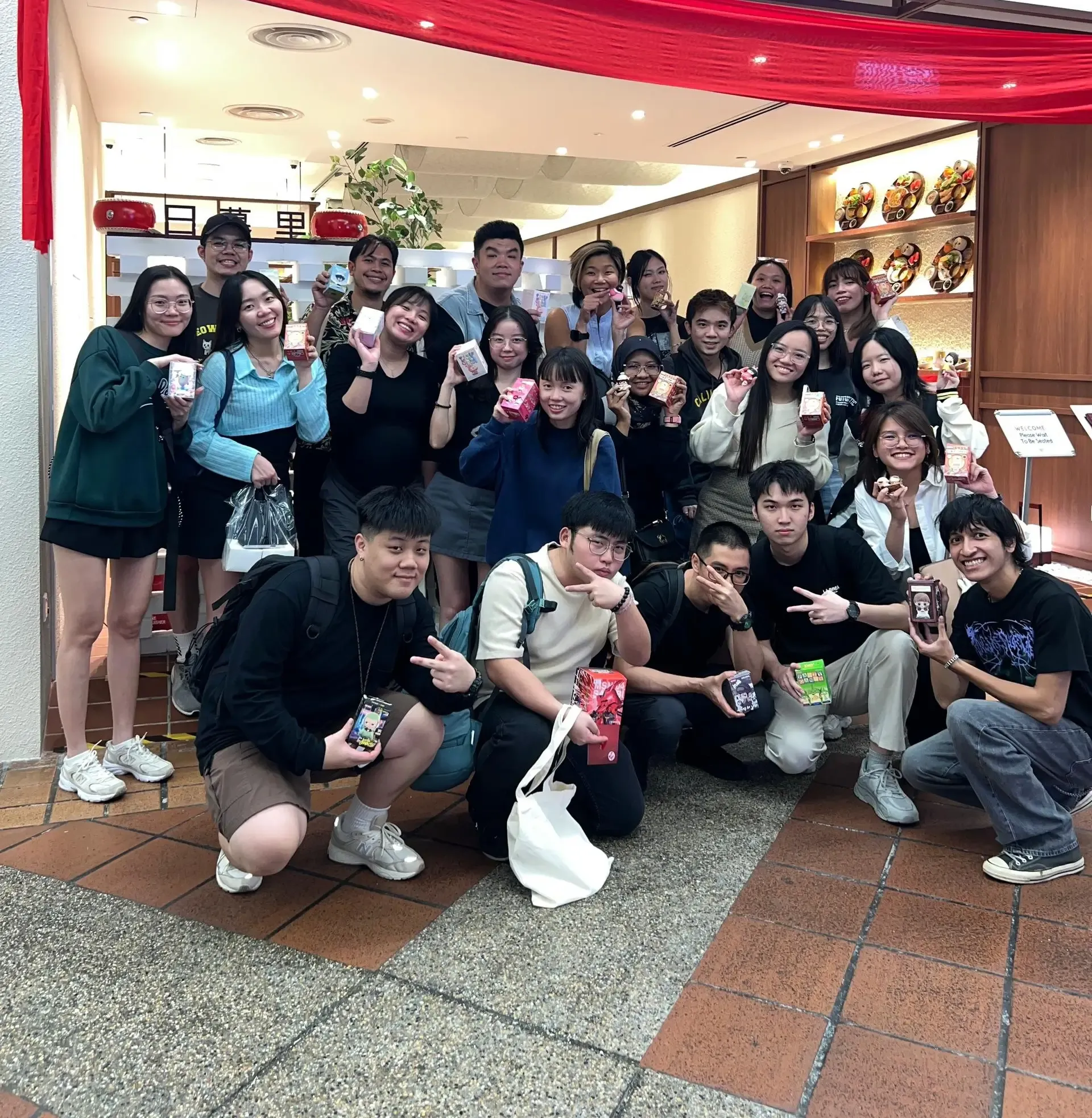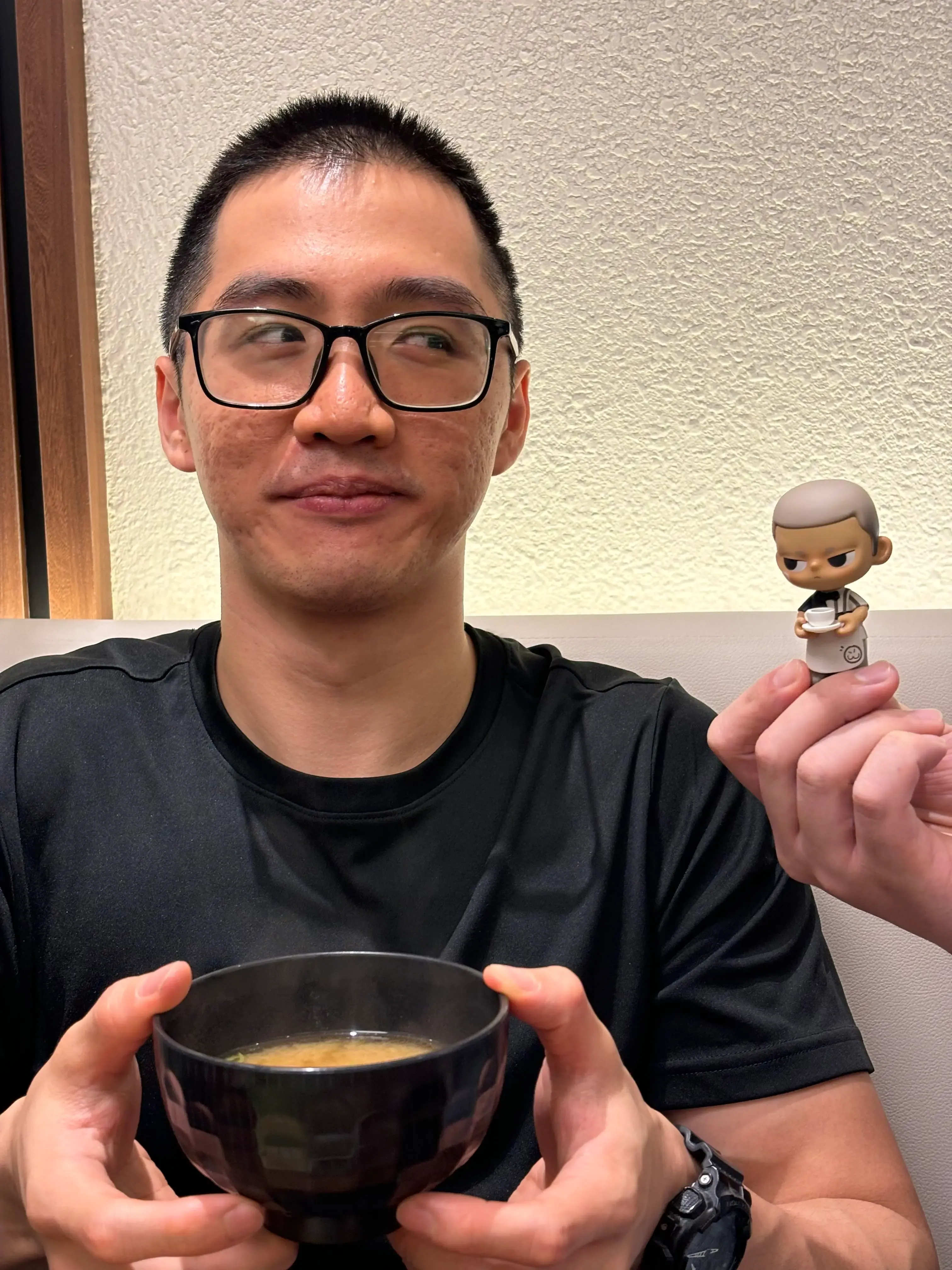





If you’re unfamiliar with Pop Mart, you might be living under a rock.
The brand has skyrocketed in popularity, tapping into the collectible craze with over 450 stores worldwide and 2,300 vending machines selling its blind boxes. Pop Mart has partnered with global brands and, more notably, created its own characters. Local artists are also invited to contribute designs that reflect their culture, making each blind box unique.

The real hook, however, lies in the mystery of what’s inside the box—a collectible art toy, which blends design, creativity, and craftsmanship, making it more than just a toy but a piece of art. The blind box trend has revolutionised consumer engagement by combining the addictive thrill of surprise with the timeless appeal of collectability.
Pop Mart's appeal spans generations, with fans from all age groups drawn to the quirky designs. Our own creative social team even planned a team-building outing to Pop Mart, all in the name of art toy appreciation.

We reached out to three members from the team to find out what makes them such Pop Mart aficionados.
Anson Chiam, Senior Digital Art Director, was drawn to Pop Mart because of the impressive character designs and the high quality of the dolls. "The artists behind the designs always push boundaries and create things that others don’t," he shares.
Lim Khe Ying, Digital Designer, agrees, adding that Pop Mart’s unique concepts and designs appeal to her. "I love the mix of cute and funny," she says. "It’s a fresh take that doesn’t just follow the typical cute aesthetic."
For Digital Designer Nicholas Khaw, it’s the thrill of the hunt that gets him hooked. "The obsession with collecting and completing a set is addictive," he explains. "Each box is a step closer to achieving a full collection, and that feeling is super satisfying."
When asked if they find the mystery makes the experience more exciting, or is it mostly about building the collection, all of them agree that the factor of not knowing which character you will get until you open it enhances the overall experience. Khe Ying puts it simply: 'To me, blind boxes are like gachapon (capsule toys) —there’s excitement in the uncertainty.”
When asked if they share their blind box finds with others, all three agreed that being part of the collectors’ community is a major factor in their addiction. "The community of collectors is one of the reasons I love it," says Nicholas. "You can swap duplicates for figures that resonate more with you, and it makes curating your collection feel personal."
Anson agrees, adding, "The community is full of people sharing tips and information that help me track down specific pieces. Plus, trading figures—especially the rare ones—has even helped me make some extra cash on the side."

But not everyone on the creative social team is completely sold on the idea of blind box marketing.
Lo Ju Lene, Senior Digital Designer, explained that the lack of control over what you get doesn’t appeal to her. "The excitement of opening a blind box can quickly turn to disappointment if the figure inside doesn’t meet expectations," she says. "Since the collectible figures are expensive, it feels like poor value for money. I’d rather spend my money on something I’m sure I’ll like."
Senior Digital Designer Leong Wai Cheng (Cheng) echoed this. "I’m not drawn to the element of chance that blind boxes rely on. I prefer buying items I genuinely like and know I’ll be happy with," he says. "I’d only consider blind boxes if they truly resonate with me—like the main character from the Kubo series, who looks like me with his black shirt and buzz cut!"

For Senior Digital Designer Kong Jia Jing, the whole idea just doesn’t appeal. "They’re expensive, take up space, and end up collecting dust," she says. "If the blind boxes came in eco-friendly packaging or served a functional purpose, I might be more interested."
Despite some reservations, everyone agrees that the blind box model could work in other industries. Cheng pointed out that trends play a big role—people love following what others are buying and doing. In fact, several food and beverage brands have already jumped on the bandwagon, launching their own versions with notable success.
Nicholas suggests that event organisers could get creative with blind boxes by offering mystery items like exclusive passes, surprise concert performances, or limited-edition merchandise. "Imagine attending an event and opening a blind box to find a secret VIP pass or exclusive merch—it would add a whole new layer of excitement and engagement."
While the beauty industry has already explored blind box concepts, Jia Jing proposes a fresh take by tying mystery blind boxes to a specific purchase amount. "Consumers could receive a blind box containing anything from sample or travel-sized products to discount vouchers or even full-sized items—creating a unique blend of discovery and value that encourages deeper engagement with the brand.”
On the other hand, Ju Lene suggests that blind boxes could be made more appealing by incorporating an interactive element, like building something (think Legos). She finds instant gratification less rewarding and prefers the satisfaction of displaying something she’s put effort into creating.
So, where do you stand on this? Are you a fan of the mystery and thrill, or do you prefer the comfort of knowing exactly what you’re purchasing? Regardless of where you fall, it’s clear that blind box strategies have potential in other industries, with the element of surprise offering a unique way to drive engagement and excitement.




June 7, 2024

June 19, 2024

March 21, 2024
